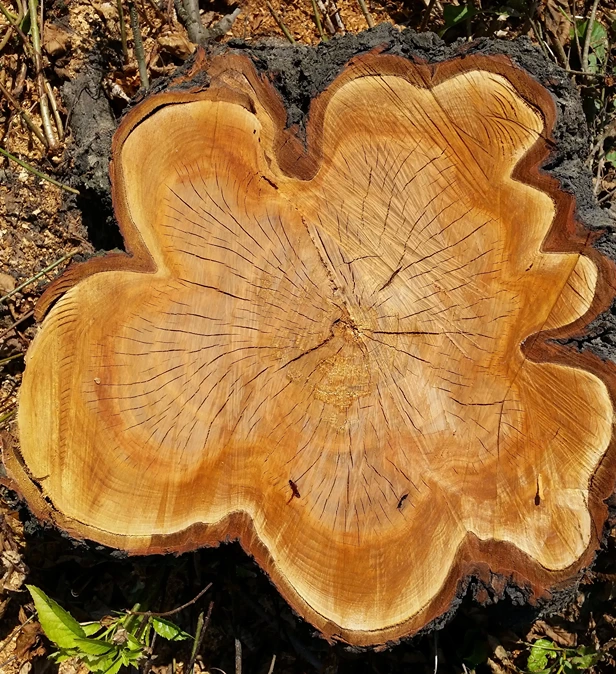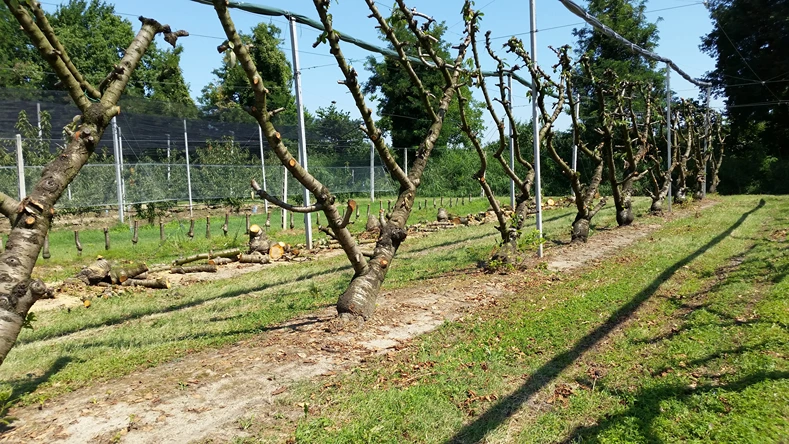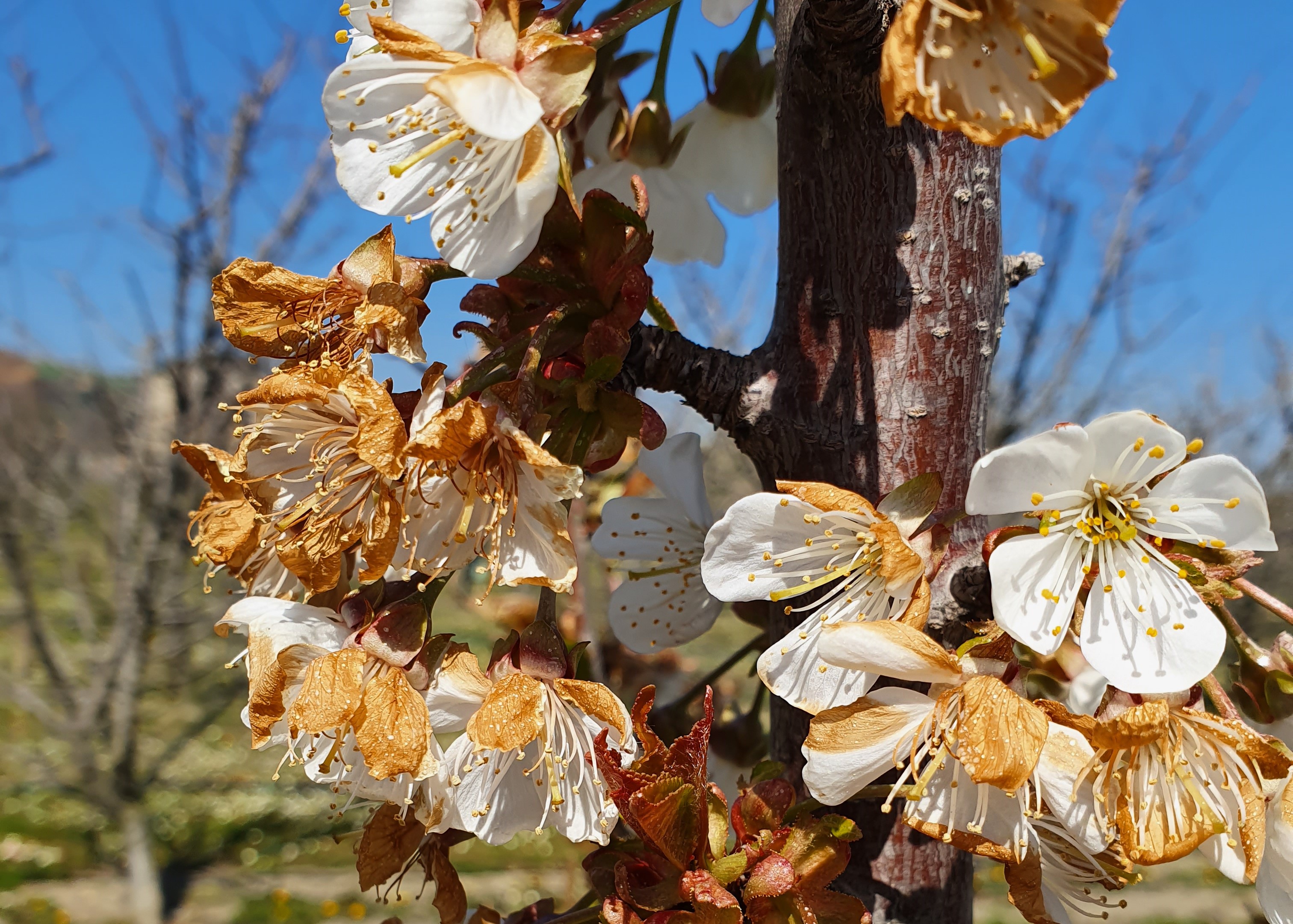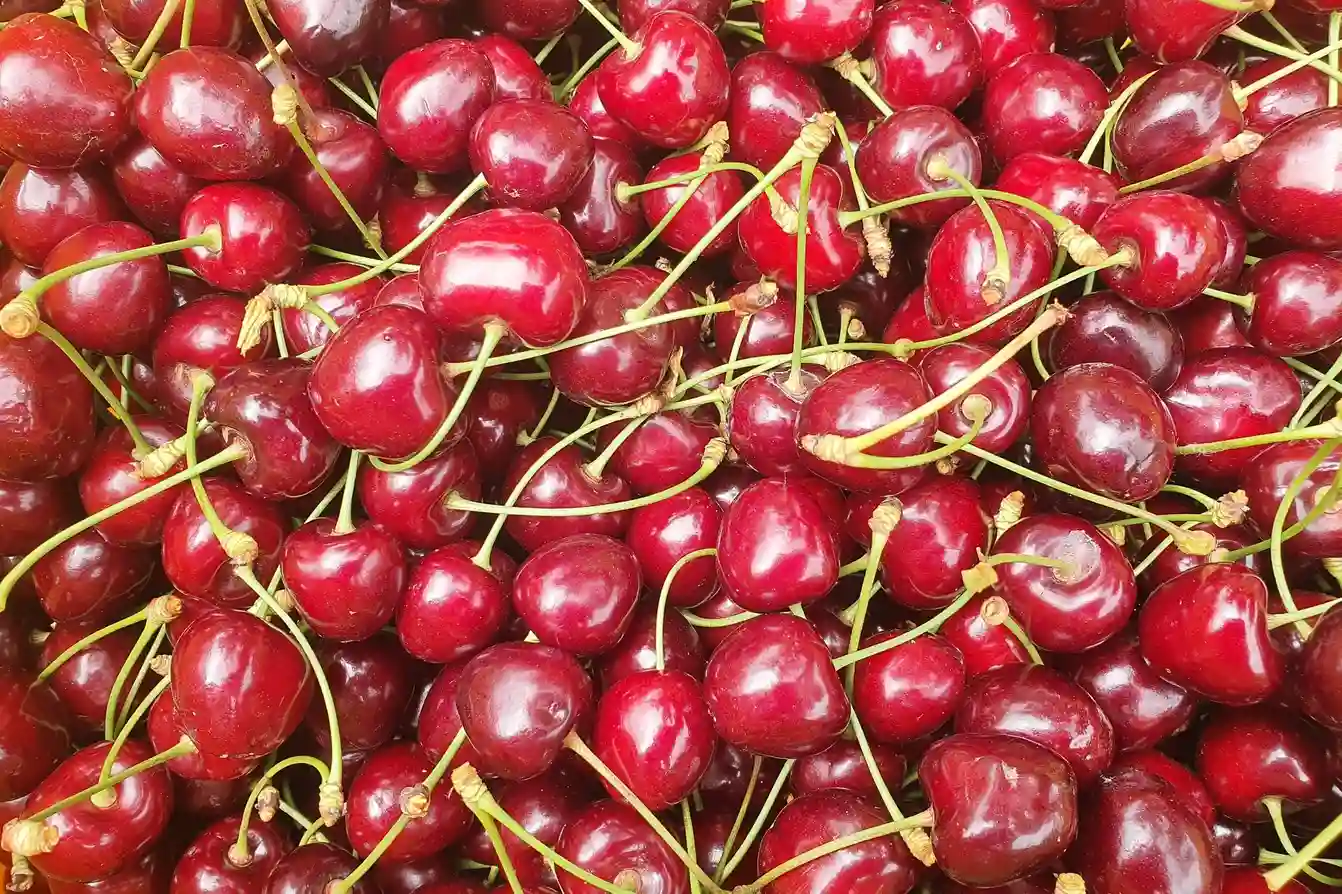The growing need for more sustainable and environmentally friendly materials is driving new solutions for agricultural waste utilization. Among these, a recent study explored the possibility of using sweet cherry pruning branches as an eco-friendly alternative to traditional fillers in lightweight composite materials. Every year, large quantities of this "waste" are disposed of through combustion, contributing to carbon dioxide emissions and the loss of potential energy. However, these residues can be repurposed, transforming them into a valuable resource for biocomposite production.
The study involved collecting branches from trees located in mountainous regions of Turkey, at approximately 1,600 meters above sea level. After careful drying and grinding, the branches were processed into wood and bark particles with sizes smaller than 100 micrometers. These materials were then mixed with an epoxy resin matrix in three different weight ratios: 5%, 10%, and 15%.
Chemical analyses highlighted significant differences between wood and bark. Wood contains a higher cellulose content (70.65%) compared to bark (63.85%), while bark is richer in lignin. Both fillers demonstrated thermal stability up to approximately 200°C, making them suitable for polymerization processes.

Morphological studies using scanning electron microscopy (SEM) revealed irregular surfaces with microcracks, a characteristic that could negatively affect adhesion to the matrix, especially at higher filler percentages.
Mechanical tests provided interesting results: the composition with 5% wood particles achieved the best performance, with a tensile strength of 45 MPa, a tensile modulus of 1883 MPa, a flexural strength of 74 MPa, and a flexural modulus of 2559 MPa. Conversely, increasing the filler concentration to 10% and 15% led to a decrease in mechanical properties. This effect is attributed to the formation of agglomerates and uneven particle dispersion, which hinder stress transfer.
Although bark has intrinsic properties that make it inferior to wood, it proved to be a valid reinforcement material, particularly at lower percentages. Composites with 5% bark improved the elastic modulus compared to pure epoxy resin, albeit with lower strength values. Differences between wood and bark are reflected not only in mechanical properties but also in chemical composition: bark contains more minerals and lignin but less cellulose, factors that affect compatibility with the polymer matrix.

This study paves the way for the use of pruning waste as a raw material for new biocomposites. The results highlight wood's potential as a filler for non-structural applications, such as in automotive and marine industries, particularly for the production of interior panels. However, further research is needed to optimize filler processing, improve matrix adhesion, and develop more efficient industrial processes.
In conclusion, the use of lignocellulosic materials derived from agricultural waste, such as pruning residues, offers significant environmental advantages, including the reuse of materials that would otherwise be considered waste. If implemented on a large scale, this solution could contribute to a more circular economy.
Fonte: Öncül, M., Atagür, M., Atan, E., & Sever, K. A preliminary evaluation of bing cherry tree (Prunus avium L.) pruning waste as an alternative lignocellulosic filler for lightweight composite material applications. Polymer Composites. https://doi.org/10.1002/pc.29197.
Immagini: SL Fruit Service
Andrea Giovannini
Università di Bologna (IT)
Cherry Times - Tutti i diritti riservati














